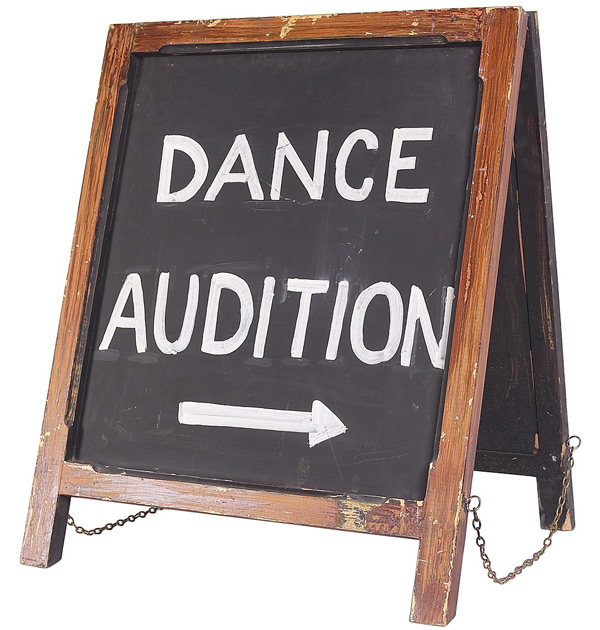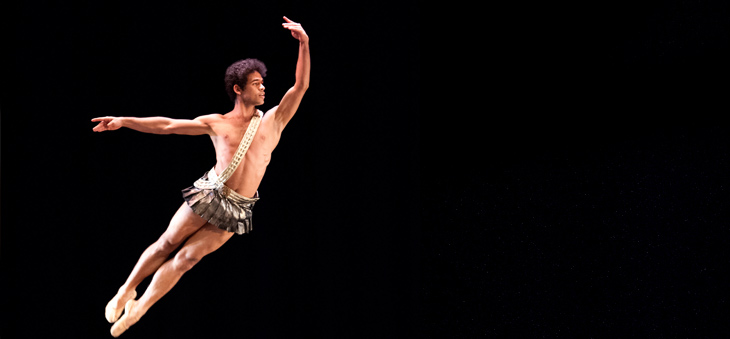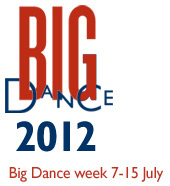
MOVE IT, the UK’s biggest dance event is the ultimate dance experience for dance fans, students, teachers and parent alike. Whether your interest is flared jazz pants-style commercial, pretty-in-pink ballet shoes or rock-and-ready street dance complete with the latest dancewear, MOVE IT has something for you.
Taking place between 8 and 10 March 2013, MOVE IT is gearing up to welcome 20,000 dance fans to Kensington, Olympia in London. Visitors to the venue will be able to watch performances in the showcase theatre and on the main stage, take part in classes or the freestyle stage, shop for dancewear, meet dancing stars on the interview sofa and talk to experts for advice in one of the biggest celebrations of dance.
There will be a huge variety of dance classes (over 200) and taster sessions on offer. The UK’s leading dance teachers will be presenting classes, covering everything from Ballet to Lindy Hop, Krump to Ballroom. The range on offer is enough to satisfy every dance enthusiast, no matter your ability level or aim for taking part. Also on offer is the chance to learn the routines from A Chorus Line set to hit the West End this year, develop your ballet technique with English National Ballet, and try out the latest hip hop moves with ZooNation’s Kate Prince to build up your style. Also appearing at MOVE IT will be Sean Cheesman (previous choreographer to Janet Jackson), Kenrick ‘H2O’ Sandy of Boy Blue Entertainment, Twist and Pulse, Shobana Jeyasingh dance, Got To Dance finalists Boadicea and many more!
New this year will be the chance to discover a career in dance with CDET as a new series of dance classes and interviews. These will offer advice and guidance for anyone thinking of working in the dance industry.
Dust off your dancing shoes and get your tickets!









